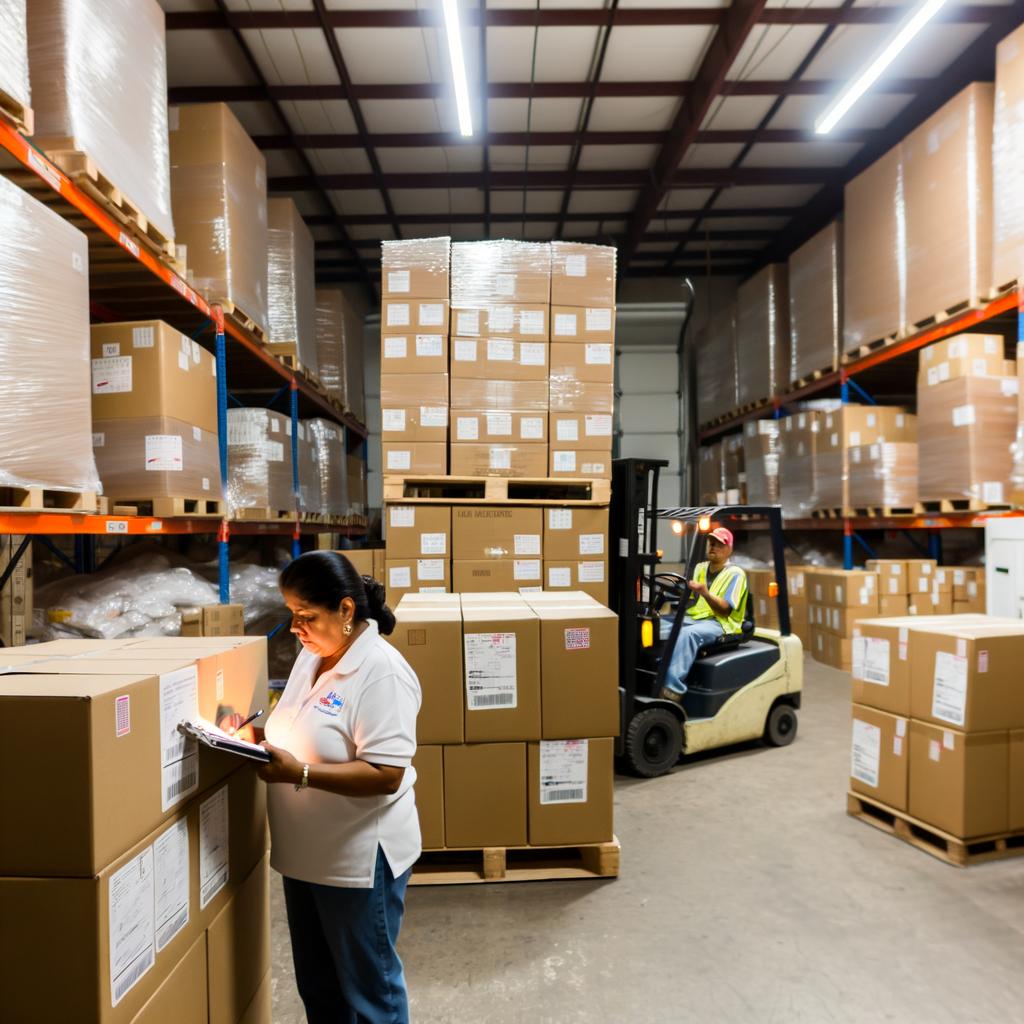We’ve never seen a holiday shipping season like 2021. Imports are clogging U.S. ports at levels never before reached. The biggest retailers are chartering their own vessels to deal with slowdowns of sea networks, which one shipping expert is calling “Containergeddon.” COVID-19 continues to shut down factories intermittently, especially in Asian countries that supply the lion’s share of holiday merchandise. Ubiquitous labor shortages are causing seemingly unbreakable bottlenecks. The media is suddenly blanketing us with news about a supply chain they’d never really noticed before.
“The supply chain just has not been made to handle the volumes we are seeing, and you’re seeing stress from end to end,” says Jonathan Gold, the National Retail Federation’s (NRF) vice president of supply chain and customs policy in a recent Freightwaves webinar with Transfix CCO, Sophie Dabbs. He also believes the problems are likely to last at least through the first half of next year, if not longer.
“While people are looking at gloom and doom right now of not being able to get goods to store shelves, I think there certainly is opportunity,” Gold says. “Many NRF members are taking a look at reinventing their supply chains to deal with those stresses and those challenges because of this. While, hopefully, the pandemic is a once-in-a-generation issue, we know supply chain disruptions happen all the time.”
Communication, Creativity, Collaboration
Coping strategies for retailers who might not have the resources to charter their own way out of the supply-chain madness may be categorized in three connected areas: communication, creativity and collaboration.
“The most important part of this is communication,” Gold says. “Make sure all the folks that are integral to your supply chain — from merchandising to logistics to compliance to legal — are talking off the same page and understand what the process is going to be and what the strategy is going forward. Then work with your transportation providers and your vendors to make sure they’re in line with what your strategy is going to be going forward, as well. … Working with your providers is really important, especially if they want to come up with some creative solutions.”
“Whether it is a pop-up fleet, whether it is some creative load sharing out there, this has given us an opportunity to test some of the creativity the marketplace has, where in the past, it might have been a little bit too hard, or resources weren’t quite available, or there was just an easy button,” Dabbs says. “I’ve been encouraged by the creativity of many of the shippers we’ve had the opportunity to work with, as well as the carriers. Just the willingness to try and come together and create something that, in the past, we were all too busy doing the day job to really make ourselves consider.”
One out-of-the-ordinary suggestion Gold has for small and medium-size retailers: Partner with competitors. Maybe your transportation providers have other retailers with whom you can share a load. Maybe there’s extra room in someone else’s warehouse. Collaborating with your competitors and providers with a mindset of cooperation benefits everyone involved.
“I have seen this work with competitors, who are typically knuckle-to-knuckle in the ring, working together,” Dabbs says. “I want to encourage that level of thoughtfulness, because there is true opportunity to do things that perhaps you wouldn’t have been interested in doing in the past.”
Dig in to Your Data, Connect Your Systems
We’re all focused on getting through the 2021 holiday season, but supply chain disruptions will keep happening. If we’ve learned nothing else from the past year and a half, we know we need to make supply chains more resilient and increase the ability to adjust to disruptions.
“The connectivity across the multiple areas of the end-to-end supply chain relies on good data,” Dabbs says. “When we talk about connecting with a vendor or a TMS or a carrier or a third-party logistics organization, a lot of energy is spent on making sure packing specs are accurate, understanding the structure of the POs, and when they’re open and when they’re closed and when they’re filled and when they’re not. This has been a classic problem. This is a moment where the supply chain gang … [can] allocate the energy to that data cleanup or data maintenance that may be holding us all back in the supply chain world.”
Data integrity is crucial to a well-functioning supply chain, but it seldom gets the same level of attention as a driver shortage or port congestion. Perhaps more than at any time in recent history, supply-chain professionals have a seat at the table — and the ear of the c-suite — so now is the time to address critical internal issues. Data is at the top of the list; if you’ve got bad data, your system is not going to work efficiently or effectively.
Data and systems also must be able speak the same language, Gold adds. For example, if you are selling a bucket, but somebody else has it listed as a pail, how are you going to be able to sell that bucket? There needs to be common language, internally and externally.
Another key factor is interoperability. There are many different systems out there. They, too, need to be able to communicate with each other. Working with solid partners that offer the right tech solutions to handle your data is at the heart of transformation and resilience.
“The best partners are those that understand this is a journey,” Dabbs says. “There may be marvelous tech solutions out in the world, but if they’re not collaborators, then it’s very difficult to take your current state and push that through a system. It’s imperative to have good cooperation.”




